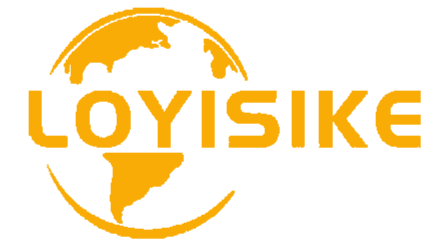
Fiber laser engraving perfectly combines precision and safety in the medical device industry.
Share
Fiber laser engraving perfectly combines precision and safety in the medical device industry.
The production of medical devices must strictly adhere to relevant regulations and standards, placing extremely stringent requirements on product marking clarity, permanence, and biocompatibility. A medical device manufacturer, producing implantable cardiac pacemakers, uses a fiber laser engraving machine to mark key information such as the model number, serial number, production date, expiration date, and UDI (Unique Device Identifier) on the titanium alloy surface of the pacemaker housing. Fiber laser marking machines utilize a cold processing method, generating minimal heat during the marking process, thus avoiding thermal effects on the titanium alloy and ensuring the mechanical properties and biocompatibility of the pacemaker housing. Furthermore, their high-precision marking capabilities ensure crisp, detailed marking lines. Even under a microscope, the marking edges remain clean and readable, fully meeting the high standards of the medical device industry.
Fiber laser marking machines also demonstrate unique advantages in the production of medical catheters. Medical catheters are often made of soft polymers, and traditional marking methods can easily damage or deform the catheter surface, compromising product quality and safety. By optimizing laser parameters, fiber laser marking machines can create clear, durable marks on the catheter surface, such as scale lines and product specifications, without contacting the catheter. The marking process does not damage the catheter material, nor does it alter its flexibility or chemical stability. This ensures the safety and reliability of medical catheters in clinical use, providing a solid foundation for both medical device production quality and patient safety.
